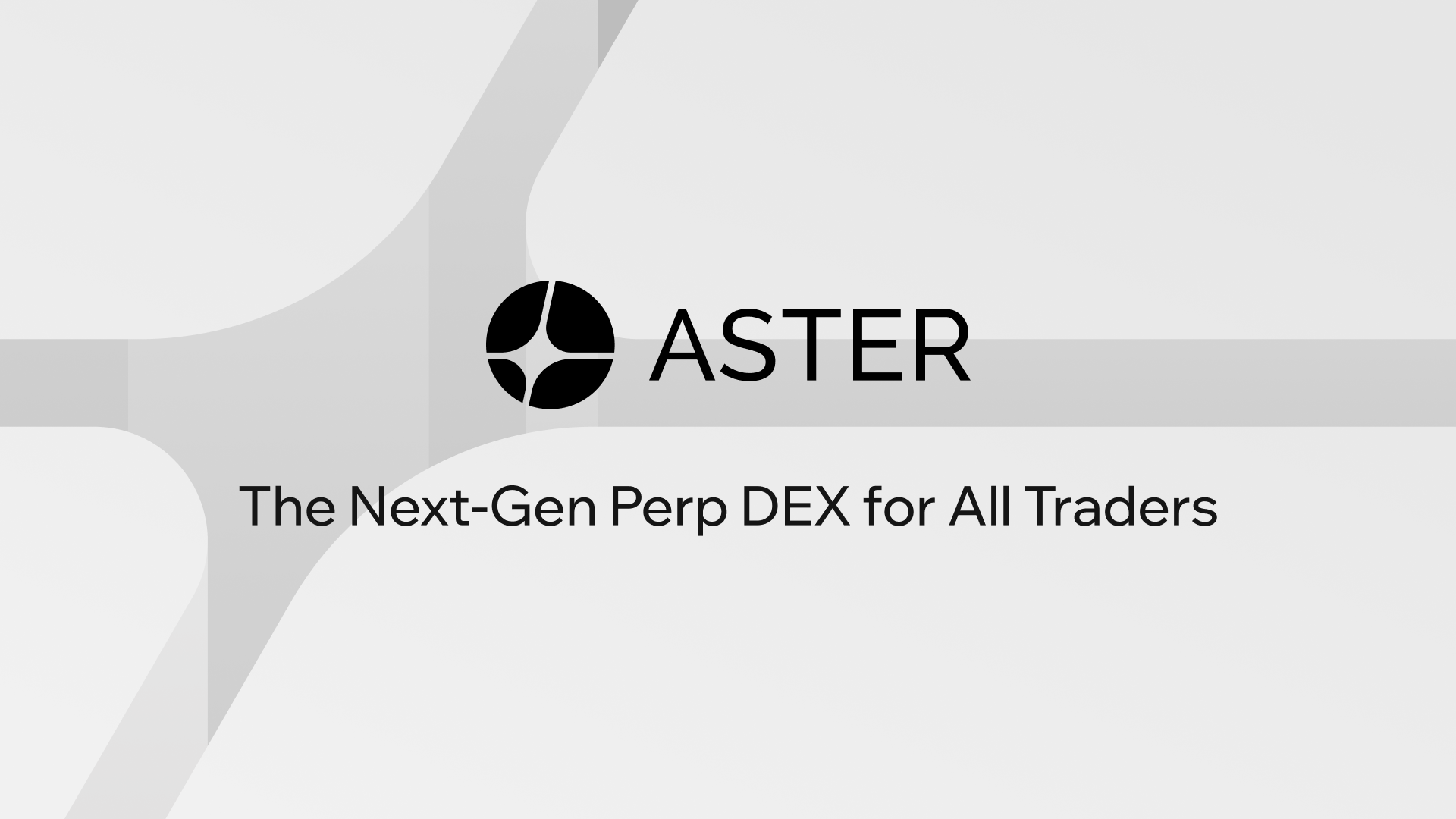Blog
Why Polkadot AMMs and Yield Farming Need Smarter Routing
- October 6, 2024
- Posted by: INSTITUTION OF RESEARCH SCIENCE AND TECHNOLOGY
- Category: Uncategorized
Whoa, this is wild. Polkadot’s AMM scene is heating up faster than many expected. DeFi traders want low fees and composability across parachains. At first glance it looks like every protocol is repeating the same AMM scripts, but actually new designs that optimize liquidity depth per pool and cross-chain routing are starting to change price impact dynamics significantly. Here’s the thing—I’m biased but that evolution matters a lot.
Seriously, pay attention here. Automated market makers (AMMs) are the plumbing of modern DeFi, and their UX matters. But liquidity fragmentation on Polkadot can make slippage unpredictable for large trades. Design choices like concentrated liquidity, dynamic fees, or hybrid invariant curves change how capital efficiency translates to returns, and those tradeoffs deserve a clear explanation that goes beyond marketing one-liners and into math and behavioral incentives. I’m going to unpack that tension here, step by step.
Hmm… my gut says something. Initially I thought copying Uniswap v3 would be enough. But on-chain flows showed liquidity split across dozens of pools and bridges. That fragmentation increases fees for traders and reduces fee income for LPs when capital isn’t aggregated effectively across the network, a problem that good routing and protocol-level incentives can mitigate but not magically erase. So, somethin’ felt off and my instinct said we need better tooling.
Wow, serious tradeoffs. Concentrated liquidity boosts capital efficiency for arbitrageurs yet raises impermanent loss risk. Dynamic fees help during volatility but often penalize steady traders. On one hand the protocol can tune parameters to attract LPs by promising higher APRs, though actually this frequently just lures capital for short windows and then results in quick outflows when market conditions flip, which is a form of incentive gaming that bugs me. Okay, so check this out—protocols that combine routing intelligence with incentives keep liquidity more useful.
I’m biased, but… Aster DEX takes an interesting approach on Polkadot that deserves scrutiny from serious DeFi traders. They focus on low fees, cross-parachain routing, and yield-bearing pools designed for composability. When I tested swaps on their testnet the routing engine found lower-slippage paths than expected by splitting orders intelligently, though real mainnet conditions and front-running dynamics will be the real tests of their model. If you want to peek, check their docs and UI.

Where to start
If you want to explore the interface and design directly, visit the aster dex official site for a closer look at routing, fee structures, and pool types.
Really, this matters now. Yield farming mechanics can make or break LP returns depending on token emission schedules. Protocols paying rewards in native tokens often burden LPs with volatility. So a better model aligns token emissions, fee rebates, and long-term staking so that liquidity providers earn real yield not just inflationary paper returns, and that alignment requires careful tokenomics modeling plus honest forecasting. On the trader side, smart routing reduces slippage and improves execution quality noticeably.
Okay, quick aside. I once moved a large position and paid far more than quoted. That experience made me appreciate routing and liquidity depth more than shiny APR banners. On one hand some yield farms deliver returns that look good on a dashboard though actually they are paying out with freshly minted tokens that will likely depreciate, and that creates a fragile illusion of yield that collapses when incentives wane. I’m not 100% sure how long those strategies remain profitable without constant emissions.
Here’s what bugs me about this. Protocols promise yield and low slippage, but users rarely get both without tradeoffs. If you’re a DeFi trader on Polkadot your mental model should include how AMM design, routing, and tokenomics interact under stress, because otherwise you will be chasing nominal APRs while ignoring execution quality and systemic risks that erode returns. Aster DEX is worth watching for routing and fee design. I’ll be honest — I want a Polkadot AMM ecosystem where you can move capital with predictable costs and earn yields that survive market cycles, and I’m curious to see whether protocols combining smarter routing, aligned tokenomics, and conservative emissions can actually deliver that promise over the next year.
Quick questions
What makes an AMM “good” on Polkadot?
A useful AMM minimizes slippage through deep, well-distributed liquidity and smart cross-parachain routing while aligning LP incentives so yields aren’t purely inflationary. On the implementation side you want predictable fee behavior, composable pools, and routing that can find multi-hop, low-impact paths without excessive gas or latency. That combination reduces execution costs for traders and produces more durable returns for providers over time.
How should traders evaluate yield farms?
Look past headline APRs and ask who funds the rewards, how long emissions last, and whether rewards are paid in volatile tokens; also check historical liquidity persistence during downturns. Consider routing quality and historical slippage for the pools you plan to use, because nominal APRs mean little if your trades lose value to price impact. Finally, watch for very very short-term incentive bursts that evaporate — those are red flags.
